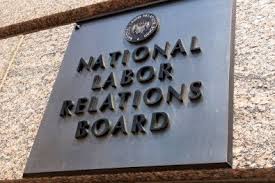
Reprinted from Forbes by Tom Spiggle on June 7, 2021.
The worker misclassification fight over whether an individual is an employee or independent contractor is not new. For decades, employers have been misclassifying their workers, often to save money on costs.
For instance, by hiring an independent contractor instead of an employee, the employer isn’t required by the Fair Labor Standards Act of 1938 (FLSA) to pay the worker minimum wage or overtime. The employer is also relieved of certain recordkeeping requirements. So it’s easy to see why an employer would be tempted to misclassify its workers.
This worker misclassification temptation exists in other contexts, like taxes. By (mis)classifying a worker as an independent contractor instead of an employee, the employer can avoid paying payroll taxes.
The IRS has guidelines to help decide if an employer has misclassified a worker for federal tax purposes. The US Department of Labor (DOL), which enforces the FLSA, also has guidelines to assist in worker classification issues. However, these could use additional clarity, especially in the FLSA context. ….






